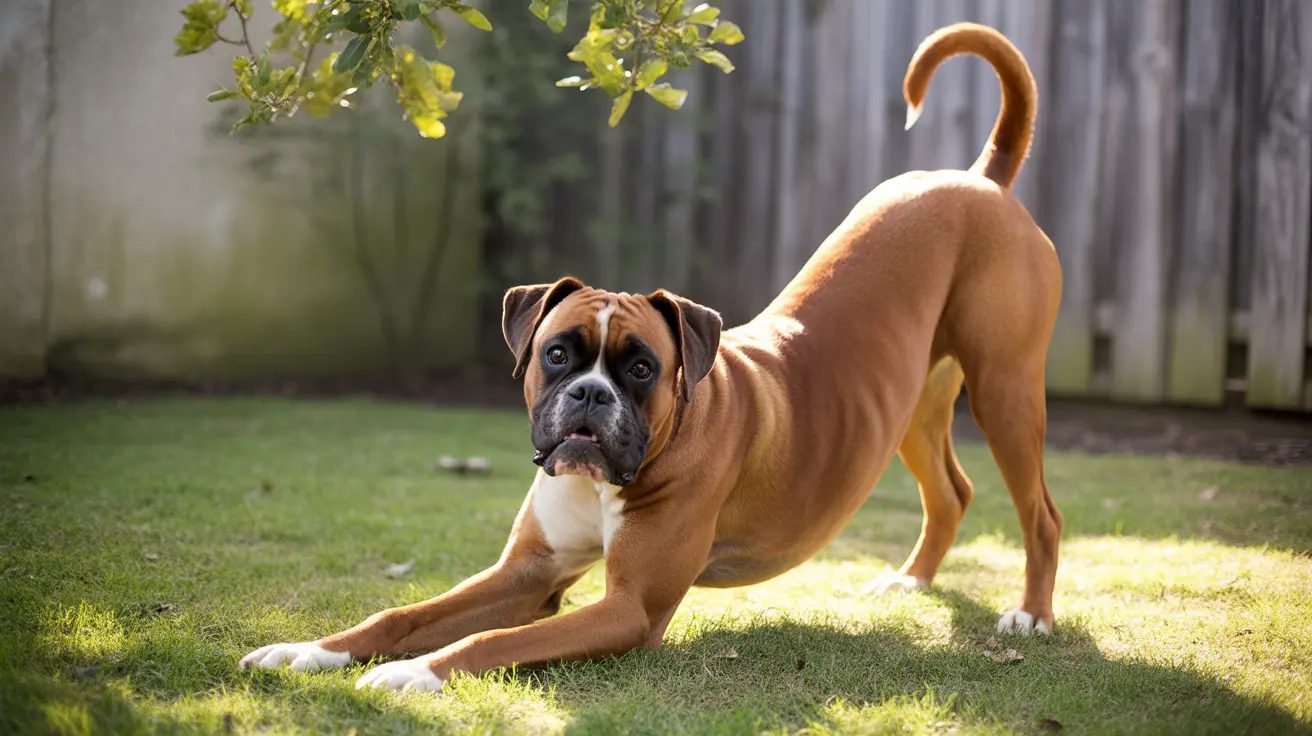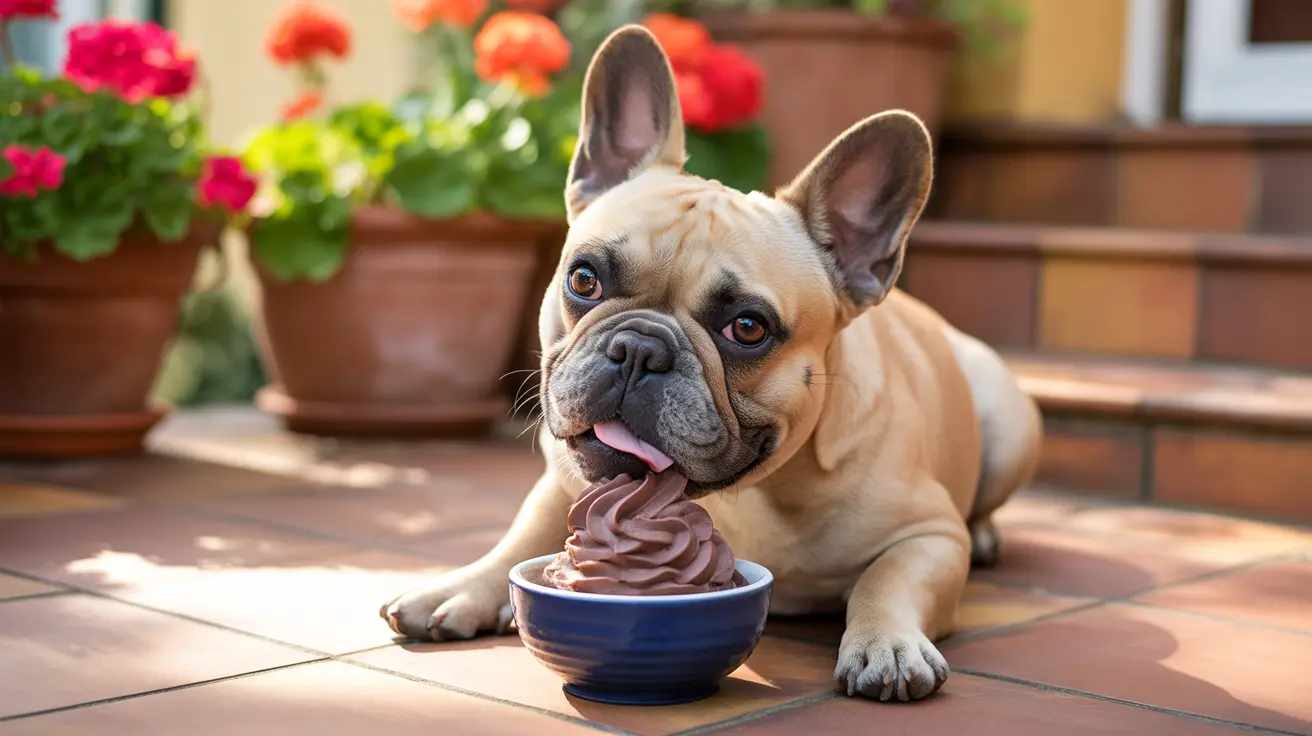How to Say "I Love You" in a Dog's Language
Dogs don't understand human language the way people do, but they are highly adept at picking up on
body language,
tone of voice, and
emotional cues. Expressing love to a dog involves understanding how they perceive affection and what kinds of behaviors resonate with them. Here's how you can say "I love you" in a way your dog truly understands.
Understanding Canine Communication
Dogs communicate with their environment and humans primarily through non-verbal cues. While they can't comprehend linguistic declarations of love, they are extremely intuitive about human emotions. Several aspects influence how dogs interpret love:
- Eye contact: Soft, relaxed eye contact builds trust and shows affection.
- Body posture: An open and relaxed posture signals friendliness and safety.
- Tone of voice: Dogs respond positively to higher-pitched, cheerful tones.
Ways to Say "I Love You" to Your Dog
There are several simple yet powerful techniques that communicate affection effectively:
- Cuddling and gentle petting: Many dogs enjoy physical contact. Stroking their chest, ears, or belly (if they allow it) is comforting.
- Spending quality time: Play sessions, walks, or simply hanging out together boost their bond with you.
- Positive reinforcement: Rewards like treats, belly rubs, and praise when they behave well convey approval and affection.
- Using a loving tone: Your voice’s pitch and energy matter more than the actual words.
- Training and communication: Consistent, positive training helps create trust and understanding.
Key Visual Cues Dogs Respond To
Dogs interpret human sentiment by reading visual information. According to scientists, dogs use their vision to identify cues such as:
- Facial expressions: Dogs can read human emotions based on facial signals.
- Body movements: Subtleties in movement help dogs understand intent.
- Attention direction: Dogs often track gazes, especially of their owners.
How a Dog's Vision Shapes Their Perception of Affection
Due to different eye structure, dog's vision affects how they emotionally interact:
- Dichromatic color vision: Dogs mainly see in blues and yellows, so brightly colored toys in those tones may appear more vivid.
- Lower visual acuity: Most dogs see less sharply than humans but rely on motion and gesture over visual detail.
- Peripheral and night vision: Dogs excel at detecting motion, so excited gestures like running or inviting them to play are emotionally charged interactions.
Additional Signs That Your Dog Loves You Back
Expressions of affection from dogs often include:
- Tail wagging
- Leaning on you
- Licking your face or hands
- Following you around
- Direct eye contact with a soft gaze
Maintain Eye Health to Keep Emotional Bonds Strong
Strong eye health is important for visual communication:
- Feed a diet rich in vitamin A and omega-3 fatty acids
- Schedule regular vet visits to spot eye conditions early
- Protect your dog from physical trauma to the eyes
Conclusion
To say "I love you" to a dog, rely not on words, but on consistent, positive actions, a warm tone, gentle gestures, and attentive care. Dogs feel love through trusted interactions, physical closeness, and a stable environment. By understanding the way dogs interpret the world—especially visually—you can deepen your bond and provide a language of love they truly understand.





